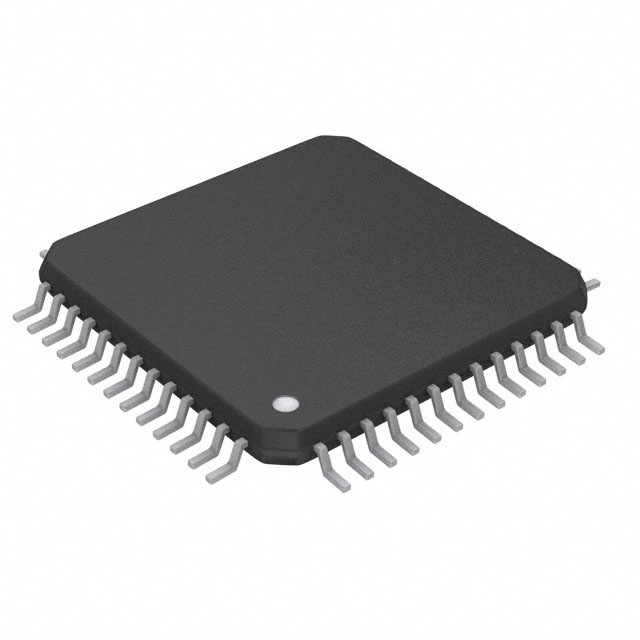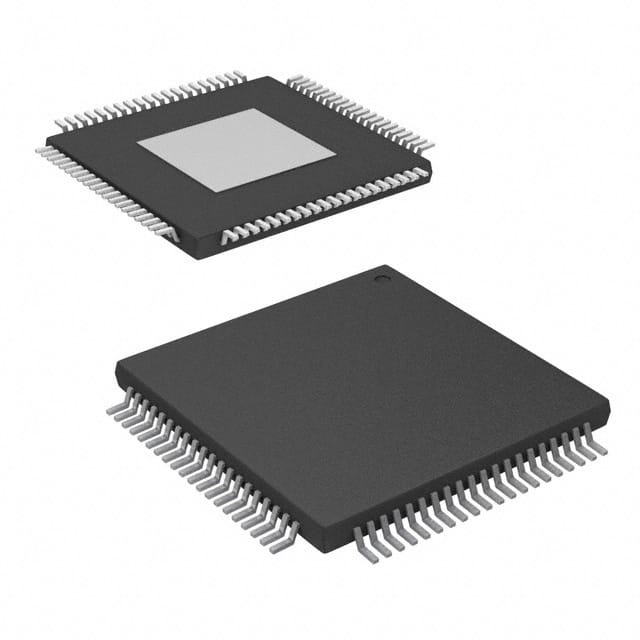Ⅰ. Interface - Encoders, Decoders, Converters
Ⅱ. Physical Characteristics of Interface - Encoders, Decoders, Converters
Ⅲ. Electrical Characteristics of Interface - Encoders, Decoders, Converters
Interface - Encoders, Decoders, Converters
Interface components like encoders, decoders, and converters are essential elements in communication systems and digital electronics. They enable the conversion, translation, or adaptation of signals between different formats, protocols, or systems. Let's delve into each of these components:

1.Encoders:
Encoders are devices or circuits that take information in one format and convert it into another format. They are commonly used to convert analog signals or data into digital formats. Encoders utilize specific encoding schemes to convert the input signal into a digital output code. These encoding schemes can include techniques like pulse code modulation (PCM), delta modulation, or various data compression algorithms. Encoders are frequently employed in digital communication systems, data transmission, audio/video encoding, and other applications where analog information needs to be converted into digital representations.
2.Decoders:
Decoders are devices or circuits that perform the reverse process of encoders. They take encoded signals or data and convert them back to their original format or representation. Decoders are used to recover the original information from encoded data. They utilize the decoding algorithms or techniques that correspond to the encoding schemes used by the encoders. Decoders are widely used in digital communication systems, multimedia applications, data storage, and other areas where decoding is necessary to extract meaningful information from encoded signals or data.
3.Converters:
Converters are devices or circuits that facilitate the conversion of signals between different formats, protocols, or systems. They enable compatibility and interoperability between diverse devices or systems by transforming signals from one form to another. Converters can encompass various types, including analog-to-digital converters (ADCs), digital-to-analog converters (DACs), voltage converters, frequency converters, protocol converters, and more. ADCs convert analog signals into digital representations, while DACs convert digital data back into analog signals. Voltage converters modify voltage levels, frequency converters change signal frequencies, and protocol converters enable communication between different communication protocols. Converters play a crucial role in signal processing, communication interfaces, system integration, and bridging gaps between different domains or standards.
These interface components—encoders, decoders, and converters—are fundamental building blocks in communication systems, digital electronics, and data processing applications. They enable the conversion, translation, or adaptation of signals to ensure compatibility, interoperability, and efficient utilization of information across different formats or systems. These components are widely used in various domains, including telecommunications, audio/video systems, data storage, industrial automation, and many other areas where signal processing and conversion are critical.
Physical Characteristics of Interface - Encoders, Decoders, Converters
The physical characteristics of interface components like encoders, decoders, and converters can vary based on their specific designs and applications. However, there are some common physical characteristics associated with these components. Here are a few:
1.Package Type: Interface components are typically available in specific package types, which determine their physical dimensions, pin configurations, and methods of mounting. The package types can include through-hole packages, surface-mount packages, or specialized packages designed for specific applications.
2.Connectors: Interface components often have connectors or pins that allow for easy integration into larger systems. These connectors or pins may be designed to match specific interface standards, such as USB connectors, HDMI ports, or digital audio connectors like RCA or XLR.
3.Form Factor: The physical form factor of interface components can vary depending on the application. They may be standalone modules, integrated into larger circuit boards, or even incorporated into specialized enclosures or housings.
4.Indicator Lights or Displays: Some interface components may include indicator lights or displays to provide visual feedback on their operational status. These lights or displays can indicate power status, signal presence, error conditions, or other relevant information.
5.Controls and User Interface: Certain interface components may include user interface elements, such as buttons, switches, or knobs, for configuration, control, or adjustment purposes. These user interface elements enable users to interact with the component directly.
6.Material and Construction: Interface components are typically constructed using materials like plastic, metal, or a combination of both. The materials used and the overall construction determine the durability, electromagnetic shielding, and heat dissipation capabilities of the component.
7.Environmental Considerations: Depending on the application, interface components may need to comply with specific environmental standards. They may require protection against moisture, dust, or temperature extremes, which can be achieved through conformal coatings, enclosures, or specialized designs.

Electrical Characteristics of Interface - Encoders, Decoders, Converters
The electrical characteristics of interface components like encoders, decoders, and converters are crucial in determining their functionality, compatibility, and performance within a system. Here are some common electrical characteristics associated with these components:
1.Operating Voltage: Interface components have specific operating voltage requirements that determine the power supply they need to function correctly. The operating voltage is typically specified in terms of voltage levels or a voltage range, and it ensures that the component receives the necessary power for proper operation.
2.Power Consumption: Power consumption refers to the amount of electrical power that an interface component consumes during its operation. It is an important consideration, especially in portable or low-power applications, as it affects battery life and overall energy efficiency.
3.Signal Levels: Interface components operate with specific signal levels, which define the voltage or current levels used for communication or data transfer. Signal levels can vary depending on the specific interface or protocol being used. For example, digital interfaces like TTL (Transistor-Transistor Logic) or CMOS (Complementary Metal-Oxide-Semiconductor) have specific voltage thresholds to represent logic high and logic low states.
4.Data Transfer Rate: Interface components that involve data transfer, such as converters or communication modules, have defined data transfer rates or bandwidths. The data transfer rate indicates the maximum amount of data that can be transmitted or processed within a given time period, usually expressed in bits per second (bps) or a multiple thereof (Kbps, Mbps, etc.).
5.Input and Output Impedance: The input and output impedance of an interface component refers to its electrical resistance to the flow of current. It is an important characteristic, especially when connecting the component to other devices or systems, as impedance matching ensures efficient signal transfer and prevents signal reflections.
6.Compatibility: Interface components need to be compatible with the specific interfaces, protocols, or standards they are designed to work with. This includes complying with the electrical characteristics and specifications required by those interfaces. For example, a converter may need to support specific voltage levels or signaling methods to ensure proper communication between different systems.
7.Noise and EMI Considerations: Interface components should address noise and electromagnetic interference (EMI) concerns to ensure signal integrity and minimize interference with other components or systems. This may involve incorporating noise filtering techniques, shielding, or compliance with electromagnetic compatibility (EMC) standards.



